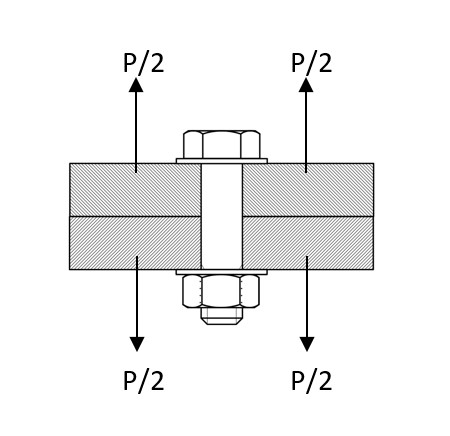
Recently I got pulled into some problem solving on a part 23 aircraft program. It is great to suddenly get thrown into a new group of people and try and unravel all of the technical and personal knots. These were a great bunch of engineers and it was a pleasure to spend an afternoon with them. No names of course – but you know who you are…
One of the tasks was to come up with a pull through strength method for composite laminates (secondary structure) that was acceptable to the DER without having to do any testing to prove it. There is some data in this reference (NASA-TM-87603, 1985), but it is all specific and there is no general approach or conclusion that has been drawn from the data. I am reluctant to try and derive a general analytical rule based on my interpretation of someone else’s 30-year-old data set that I do not have full knowledge of. So I turned to the internet and started to pan for digital gold….
I was very surprised when this nugget of a reference “Pull Through Failure of Bolted Composite Joints” appeared. This thesis does exactly what I was looking for. This paper derives a ‘general’ rule. The rule is expressed as follows:

Where:

The “Mat” factor is my own addition, a factor of 1.0 should be used for carbon fiber laminate and I recommend a factor of 0.75 for fiberglass laminate. As always for mechanically fastened joints in composite components the laminate should be as close to quasi-isotropic as possible.
I have compared this method to the public domain and proprietary data that I have and it looks to be generally conservative by about 15-20%. So I recommend this approach for initial sizing for primary and secondary structure.
We have created a spreadsheet for this method here: AA-SM-101-025 and this method will be included and explained in the upcoming Second Edition of our free textbook.
Enjoy!

Comment On This Post